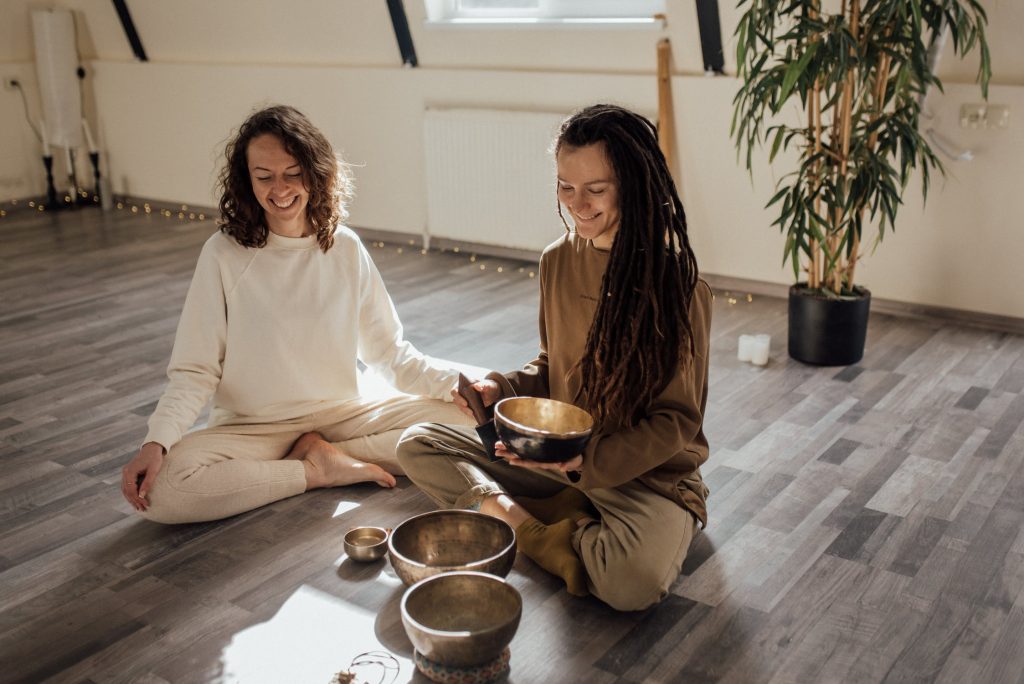Naturopathy or naturopathic medicine is a set of alternative medicine practices, the theoretical foundations of which were collected from health principles of different origins. Its objective is to stimulate the innate capacity for self-healing or to return to the equilibrium of the human being, of which it has a holistic vision; the aim is to return to balance with the natural world, following the rules of life and rhythms that are as natural and healthy as possible.

The founding principles of naturopathy
This discipline seeks to eliminate imbalances, ailments and diseases that afflict man by going back to what determines them. The cause of the disease or discomfort must be removed for complete recovery; this can have several roots: physical, chemical, metabolic, genetic, emotional, social, mental, spiritual and others.
The naturopath in addition to treating the symptoms, undertakes, when possible, to remove the causes of the malaise by trying to identify them.
Treating the person and not the disease: naturopaths do not share the specialist and sectoral vision of classical Western medicine, which treats systems, organs and diseases taken individually. Instead, they declare that they implement therapeutic practices that involve the person in all his dimensions: physical, emotional, mental and spiritual.
The naturopath also has an educational role: to inform people of winning behaviors in order to improve, achieve and maintain health and a high quality of life.
Finally, prevention is a fundamental element of the discipline. Thanks to the naturopath’s ability to recognize wrong behaviors and predispositions, it is in fact possible to provide advice to prevent the onset of disorders and discomfort.

The role of the naturopath
The naturopath does not diagnose, does not issue prescriptions and does not interfere with the prescriptions of drugs and remedies given or suggested by doctors. Instead, he provides advice on how to best use the natural remedies deemed most suitable for improving one’s psycho-physical well-being.
In fact, naturopathy is not a substitute for classical Western medicine, but as a complementary tool. Doctors can find in the naturopath a valid collaborator and the patient a precious reference to maintain or recover their psychophysical well-being.
It can support medical-surgical therapies to optimize their effectiveness and counteract any side effects; it also supports the sick person psychologically and helps him to recognize and deal with psycho-physical and emotional imbalances.
Among the methods and tools used there are: advice on a correct dietary and hygienic style, exercises and relaxation and breathing techniques, food supplements, phytotherapics (plants and compounds that can only be sold in herbal medicine), floral remedies (Bach flowers), essential oils for external use, trace elements, healing visualizations and meditations. The neturopath also uses manual and manipulative techniques, such as foot reflexology, can perform treatments for energy rebalancing such as Qi Gong or Shiatsu and can teach self-massage techniques.

Brief history of the discipline
The term naturopathy was coined in 1895 by the American John Scheel, a physician from New York, and has its roots in the English words “nature” and “path”, hence nature’s path. History and popularization of modern naturopathy varies from country to country, but its origins can be traced back to the nineteenth century, between England and Germany.
The two doctors to whom the founding principles of the discipline are traced are Friedrich Hoffmann (1660-1742) and Georg Ernst Stahl (1660-1734), both German doctors.
It was only in the nineteenth century, however, that Western naturopathy was formed, understood as a discipline exercised in a professional manner; its greatest development occurs in Germany, where the figure of the Heilpraktiker (as naturopaths are called) has been recognized by law since 1939, and operates within the national health system.
Naturopathy underwent a consistent decline in the rest of Europe after the Second World War, when antibiotics proved to be much more effective than naturopathic treatments; but, in the 1950s, the integration of scientific criteria made it possible to regain ground.
However, it is since the 1970s and 1980s that naturopathy has gained more and more ground, thanks also to the openness and curiosity towards oriental healing techniques.

Naturopathy in Italy nowadays
There is still no clear regulatory framework on the profession of naturopaths to refer to. In Italy there has been discussions on the regulation of this figure more or less since 2001, but there have been no concrete developments.
Currently the naturopath is however framed, in some regions, as an operator of the Bio-Natural disciplines. The World Health Organization, on the other hand, establishes naturopathy as a complementary discipline to traditional therapies.
In any case, although the path for regulation is still unfinished, the perception of the discipline is gathering growing trust in the Italian territory.





